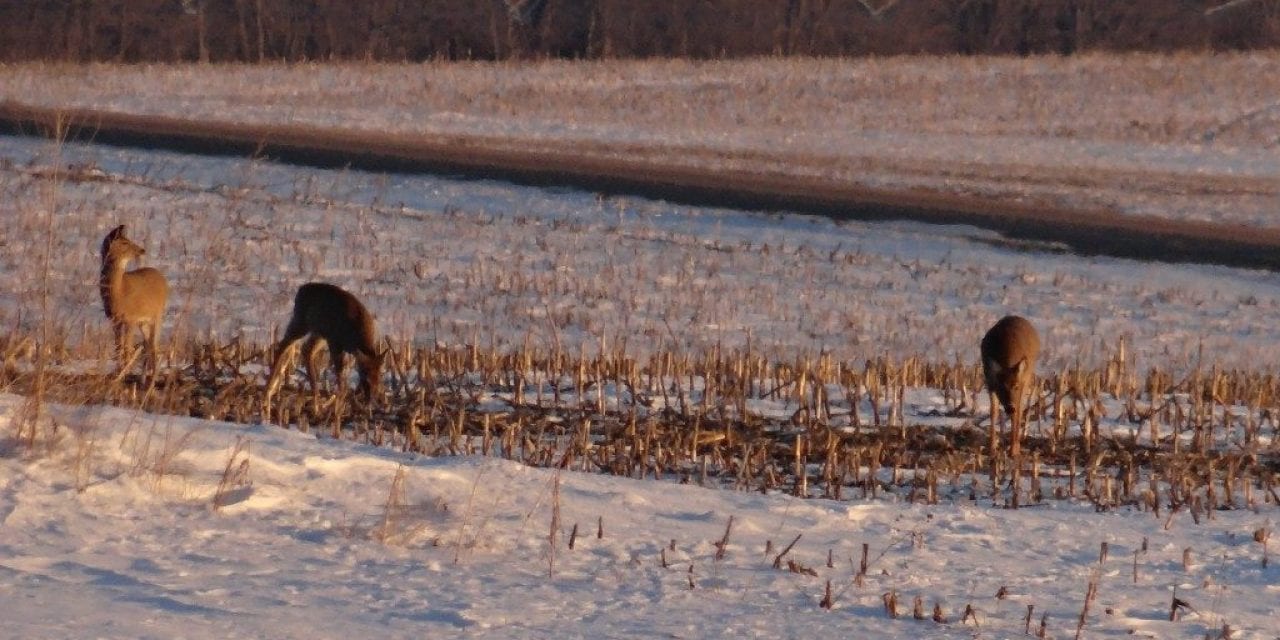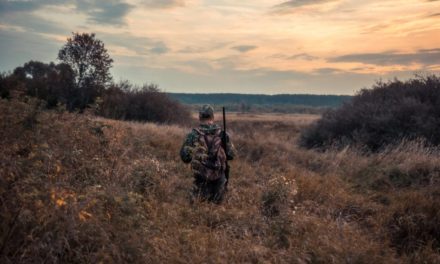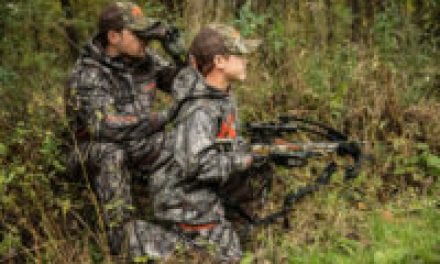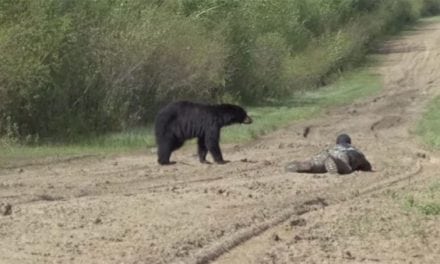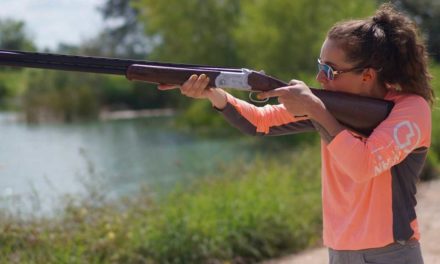Sadly, it’s the time of year when many deer hunters start hanging up their gear for the season.
Perhaps they have already harvested deer, or are tired of trying to do so with their bow, crossbow or muzzleloader, or are just not interested in taking a doe during the deep-freeze weather of the late season.
Whatever the case may be, that deer hunting gear should not be put away!
Hunters should not let the word ‘late’ make them feel pressured or lure them into predicting how their season or seasons might end. Late-season deer hunting offers plenty of potential, namely for white-tailed deer!
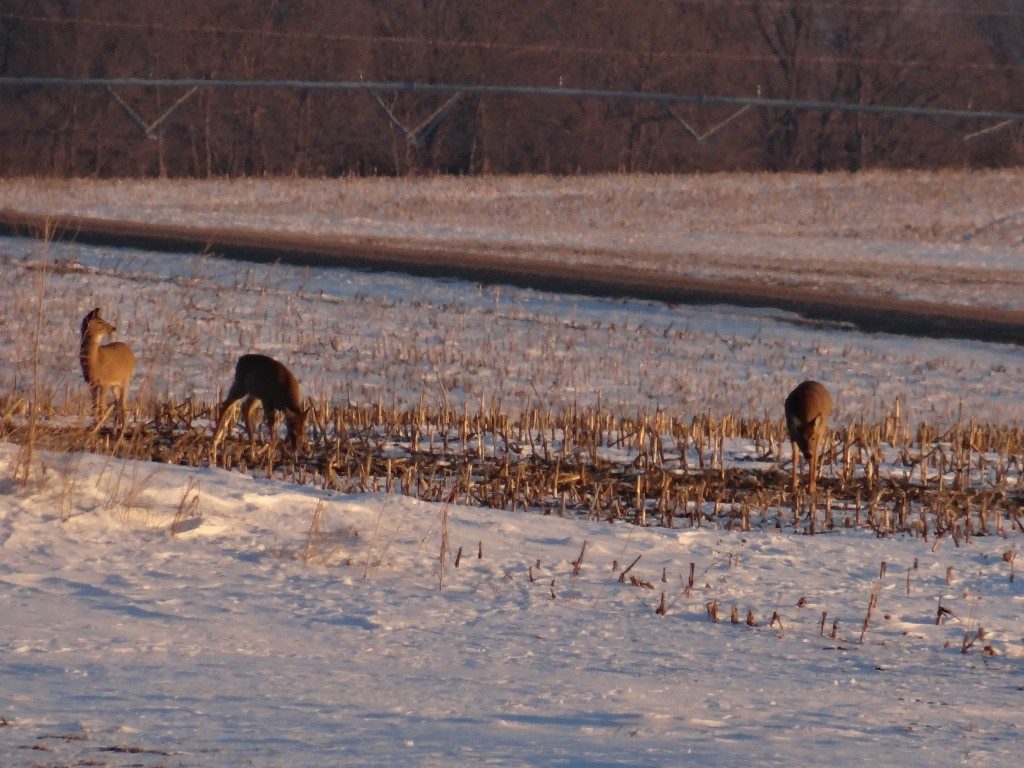
Nebraska’s archery and muzzleloader deer hunting seasons continue through December 31st. The late (firearm) deer hunting season for antlerless deer opens January 1st and runs through January 15th. Details on the seasons can be found by reading the current Nebraska Big Game Guide publication.
But, late-season deer hunting means it’s time to rethink strategy and tactics. And, it means paying special attention to details.
Here are some tips to improve the odds for late season deer hunting success, plus some clothing guidelines and several regulation reminders.
FRONTS. Weather fronts, and particularly weather-makers, seem to greatly affect deer movement in the late season. Deer will feed heavily a day or two prior to the arrival of a cold front, and then for a couple days after one.
SNOW COVER. Snow cover brings many advantages to the late season deer hunter. The most obvious advantage of snow cover is that anything moving in it must leave tracks or droppings. Deer sign is much easier to see, follow, and interpret when made in the snow. Also, the timing of the snow tells you how recently the deer came through an area. Strategically placed game cameras can be of further value to pattern deer in the snow.
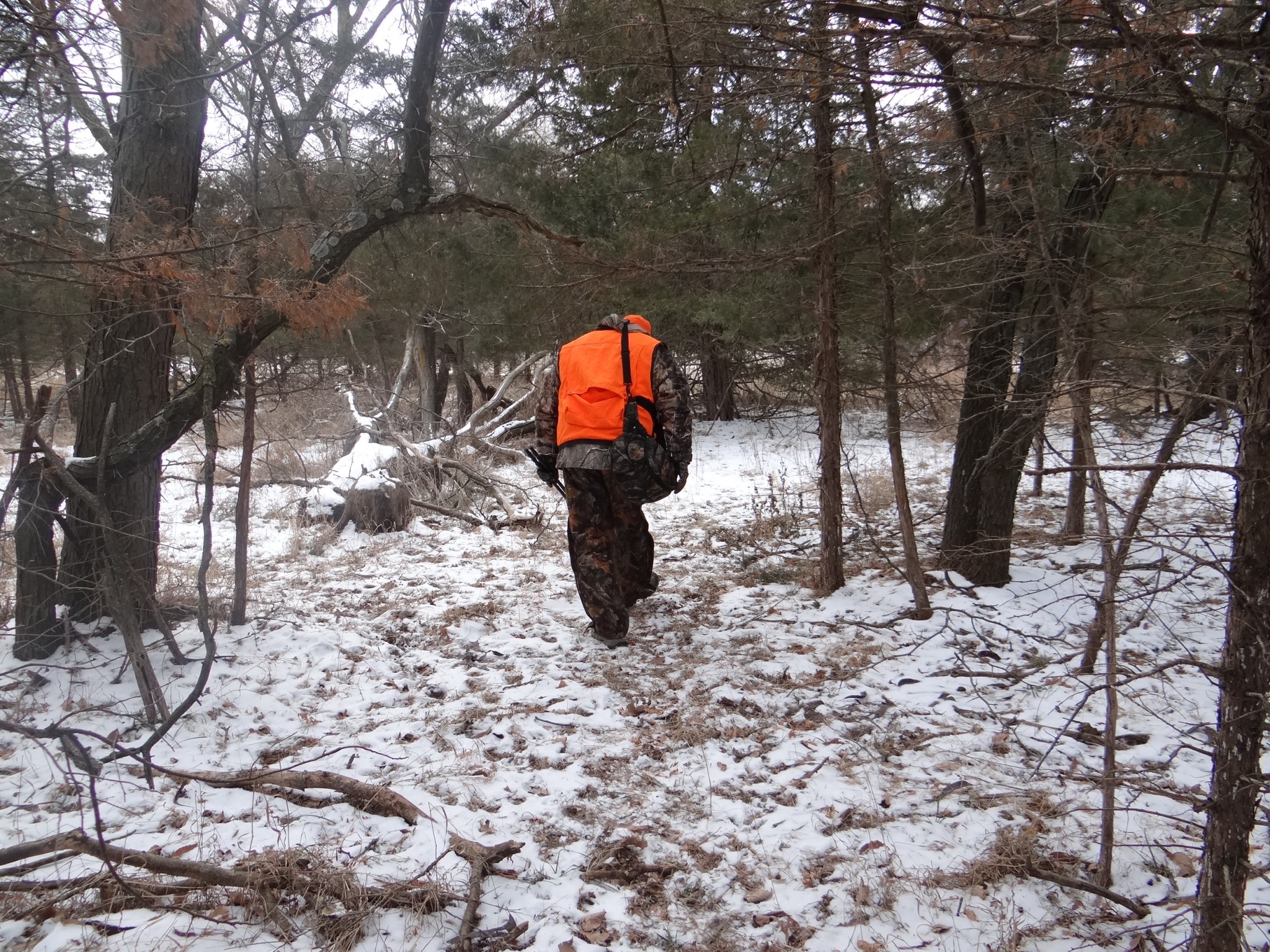
LATE AFTERNOONS. The early morning hours around sunrise can be downright frigid. Whitetails realize that they can conserve body heat by waiting to move to feeding areas until the afternoon. Hunt those late afternoon hours until the end of legal shooting time (30 minutes after sunset).
WARM DAYS. On warm days, deer simply do not move much as much as normal. In fact, when temperatures climb well above average in the late season, a variety of food sources may be consumed by deer. Don’t overlook some of those ‘green’ food sources on the stalk or stem to hunt over such as winter wheat. Also, finding a water source that does not freeze and is near a bedding area may prove to be productive. During late afternoon sessions, be prepared for deer to emerge from cover onto crop fields in the last 10 minutes or so of legal shooting time.
FOOD. White-tailed deer need to eat lots of high-carbohydrate, high-energy foods in winter — everything from corn to acorns in order to maintain body heat. So, find the food source deer are consistently using and the active trails leading to these major food sources. Spontaneous set ups can work well. Play the wind and position yourself accordingly in a tree stand or ground blind for a good, safe shot.
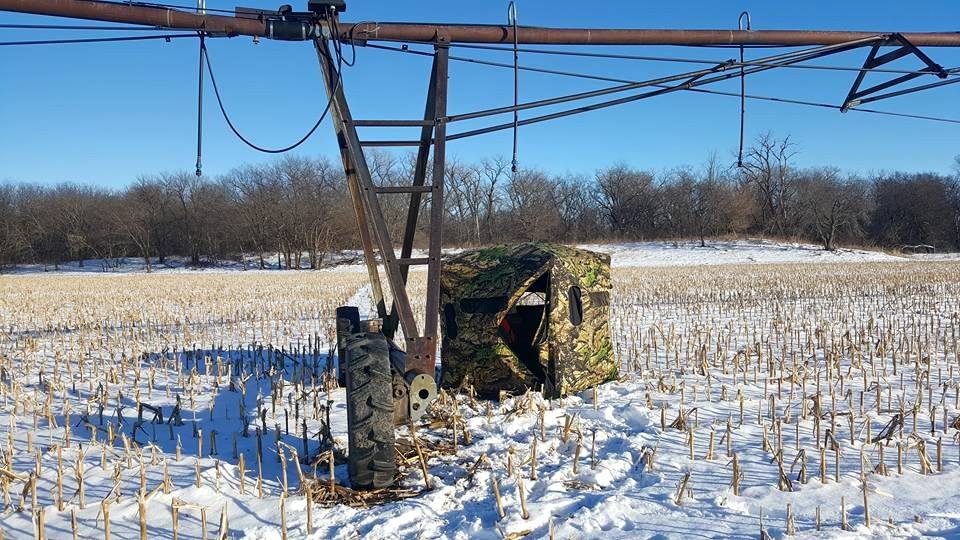
HIGH WINDS. High winds certainly make deer more apprehensive and warier. As leafage and vegetation flutters, this confuses the deer’s sight and its ability to hear and distinguish scent, making it anxious. With higher wind velocities in the winter, hunters need to find places where deer can get out of the howling winds such as a ditch, gully, ravine, sheltered creek bottom or the lowest side of a hill. Deer like to travel through or utilize these terrain features when there are high winds blowing because they can more effectively use their senses and feel safer, more secure. It is good practice for late season hunters to note these spots when the winds seem to be at gale force!
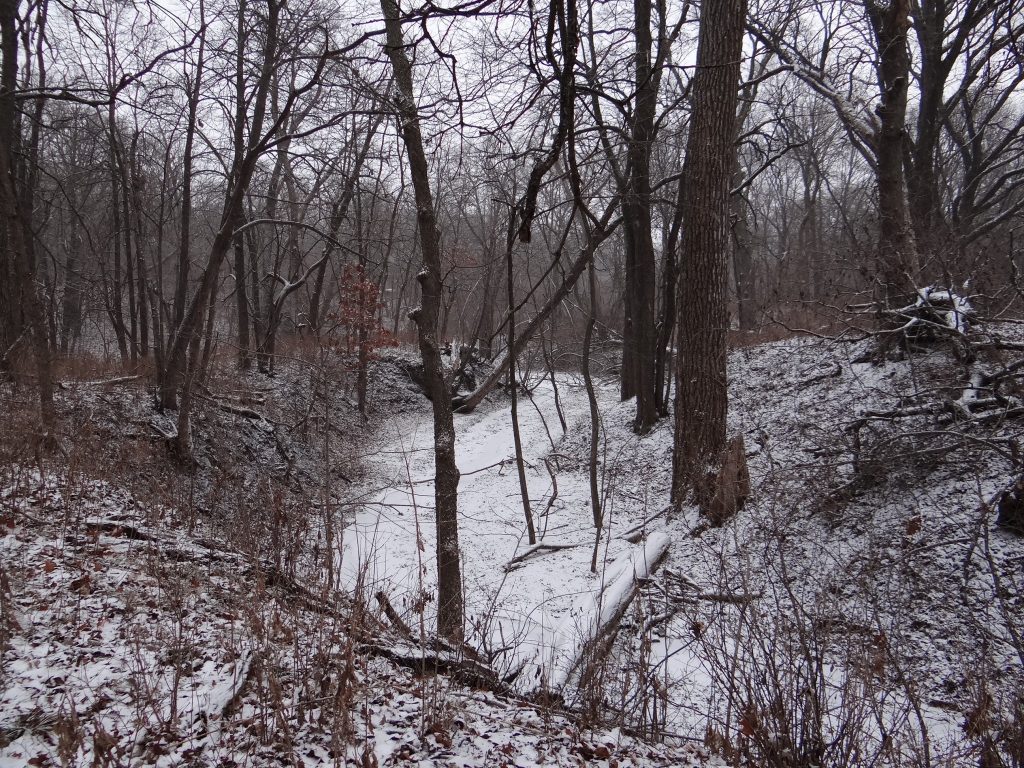
BEDS. To pinpoint bedding areas for deer without spooking them, carefully check the south-facing slopes or any areas facing south. These locations tend to be warmer than others as they are most exposed to the sun and offer protection from the bitterly cold north winds. Thermal cover such as dense woods, thickets and patches of cedars can be extremely appealing to white-tailed deer during extremely cold weather, too. Does tend to prefer these types of bedding areas in the wintertime, and where there are does, there are typically bucks.
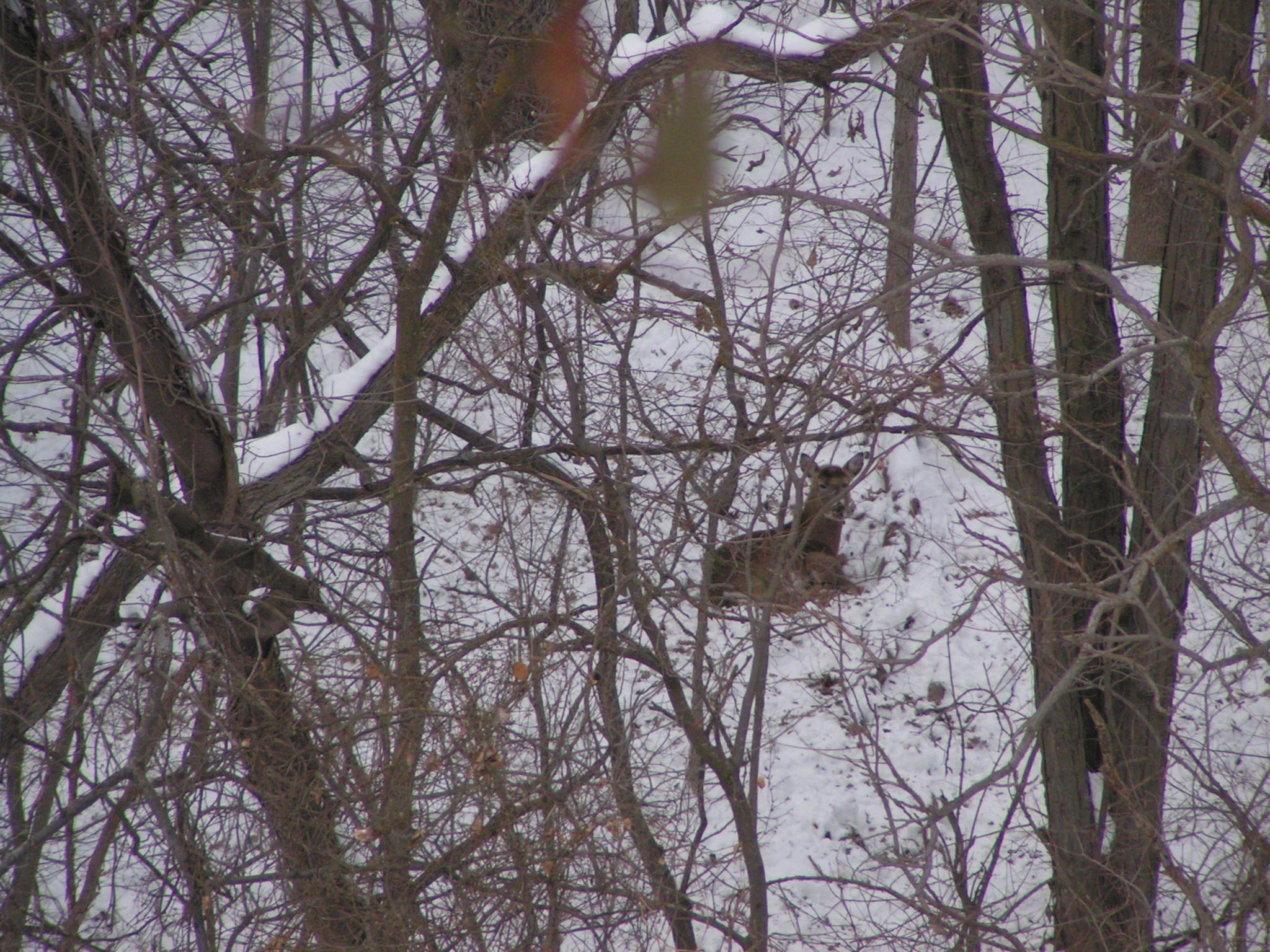
STRETCHING THEIR LEGS. Believe it or not, whitetails deer in winter periodically leave their beds during the day to stretch their legs, relieve themselves, groom and even browse a bit. Make it a point to locate these pathways or trails being utilized to and from these secluded bedding areas.
TARGETING DOES. Primarily in the late (firearm) deer hunting season, white-tailed does are the intended target of hunters for deer management purposes. It is recommended that hunters use the best binoculars or optics that are available to them to identify does. Keep in mind that an adult white-tailed doe has a long, rectangular body with a bottle-shaped profile and a round head. Also, does normally are wary and appear nervous.
CLOTHING GUIDELINES AND HEATER. The key to keeping warm in winter is layering — specifically, clothing that can be added or subtracted depending on weather conditions. Perspiration is the enemy. High-quality wool garments should be considered in the layering approach. Keep the head warm by wearing a neck gaiter, a windproof stocking cap with a face mask, and a hood if the windchill is below zero. To keep the hands and feet warm on cold-weather hunts, use chemical or electrical warmers. A seat pad, either foam or gel-style, is also a good idea for late season deer hunting as it maintains a dry barrier between you and a cold, wet seat. Small, portable propane heaters in ground blinds and elevated box blinds with proper ventilation also work well for overall body warmth!
REGULATION REMINDERS. Deer hunters are reminded of four important things when it comes to regulations. First, nearly all deer hunters in Nebraska are required to have a habitat stamp in addition to their signed deer permit. Second, at a minimum, 400 square inches of blaze orange clothing (a blaze orange cap and vest) must be worn by muzzleloader and late (firearm) season deer hunters to be seen for safety purposes. Third, before field dressing a harvested deer, the first action that a deer hunter must do is to “cancel” their permit by following the instructions that are listed on the permit. And fourth, with archery, muzzleloader and late (firearm) season deer hunting, the Telecheck system has to be used to legally check in a harvested deer.
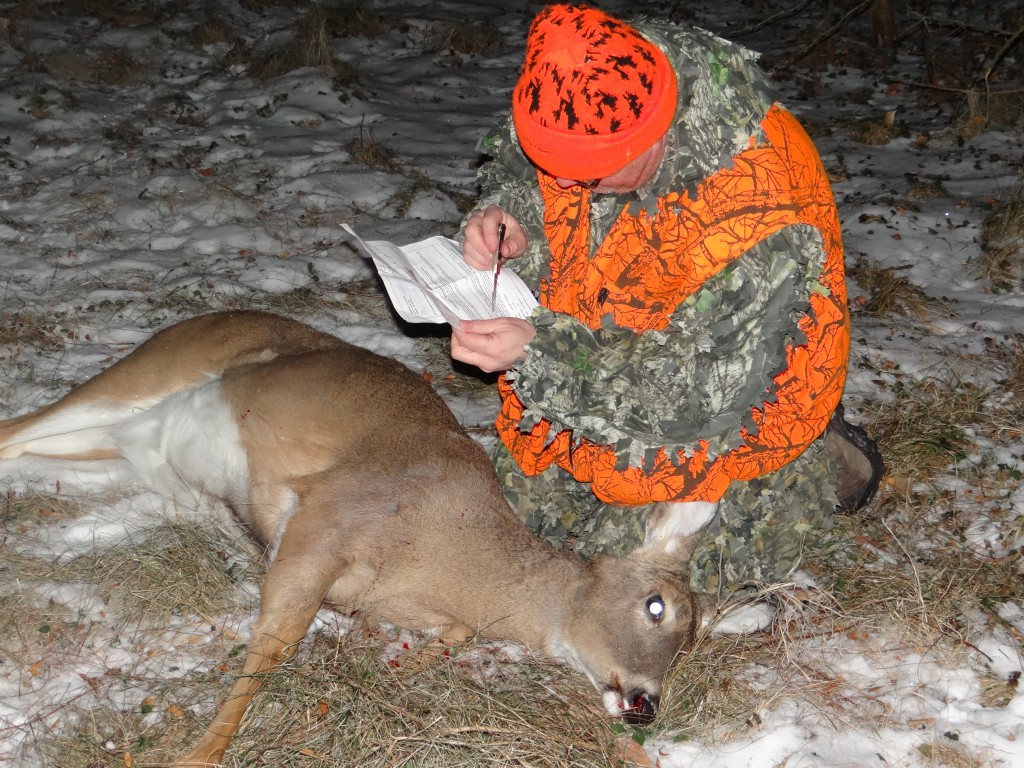
Aside from the regulations, late-season deer hunters need to know that it is not too late to get involved in deer programs that assist people in need of healthy protein or who would like to have some tasty venison for the dinner table. The Deer Exchange is a worthwhile Game and Parks Commission program available to deer hunters where they can gift deer. For more information about it, go here.
There is also the Antlerless Hunter Database that late-season deer hunters may want to check out. To get to it, visit this link.
I hope these tips aid you in late season deer hunting. Bundle up, be safe, and enjoy making memories!
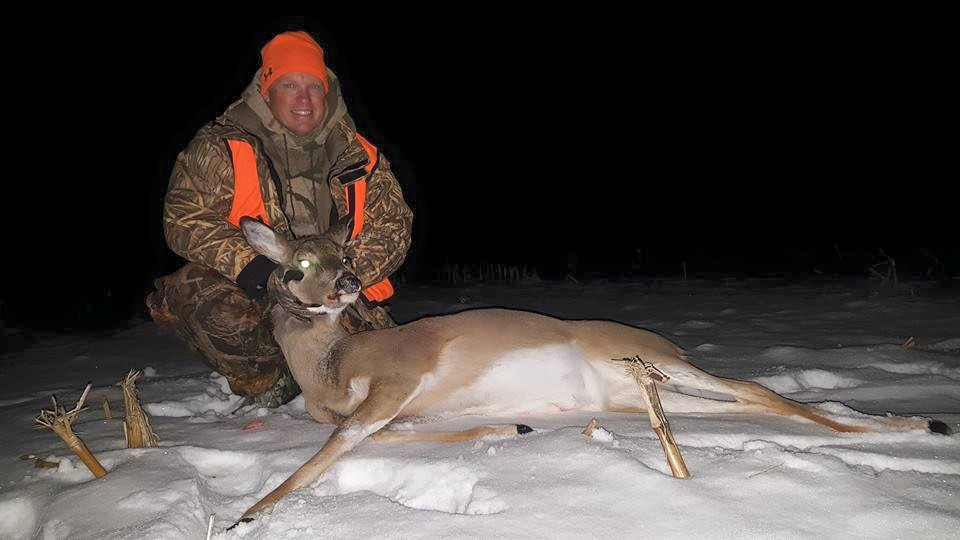
The post Late-Season Deer Hunting Tips appeared first on Nebraskaland Magazine.

